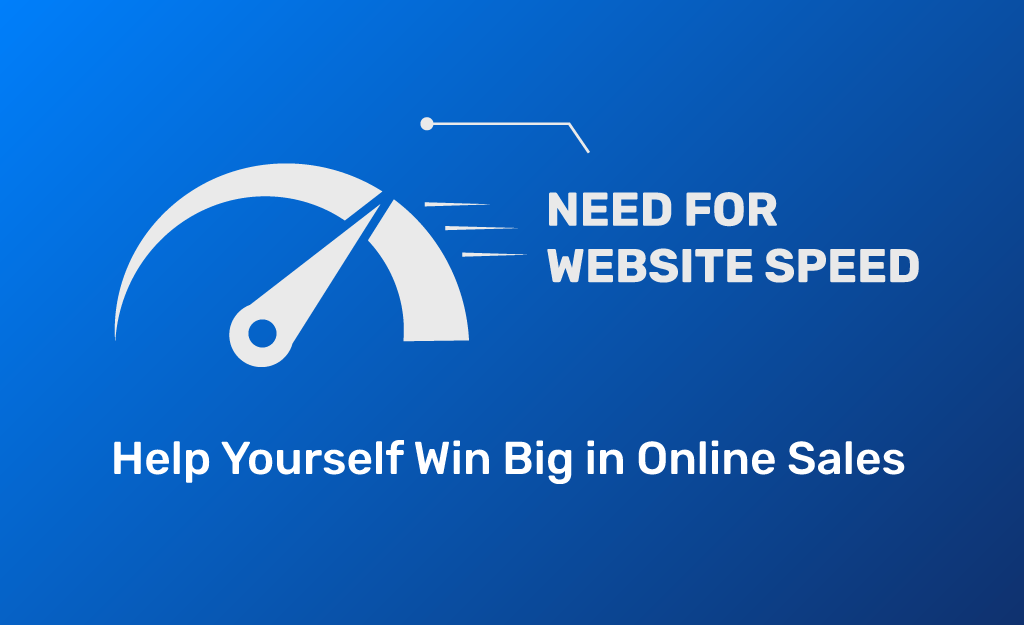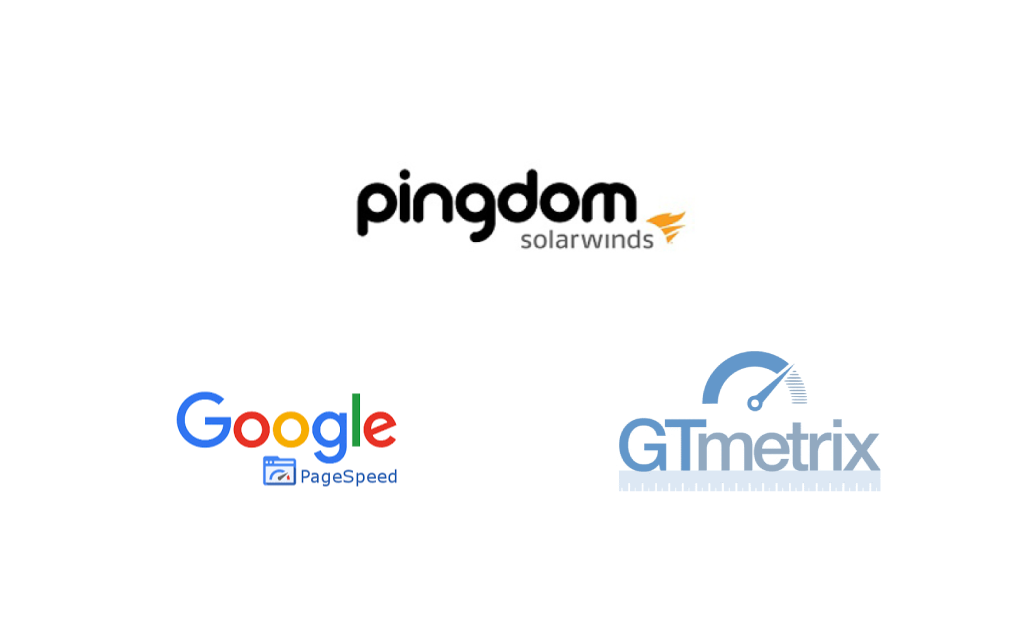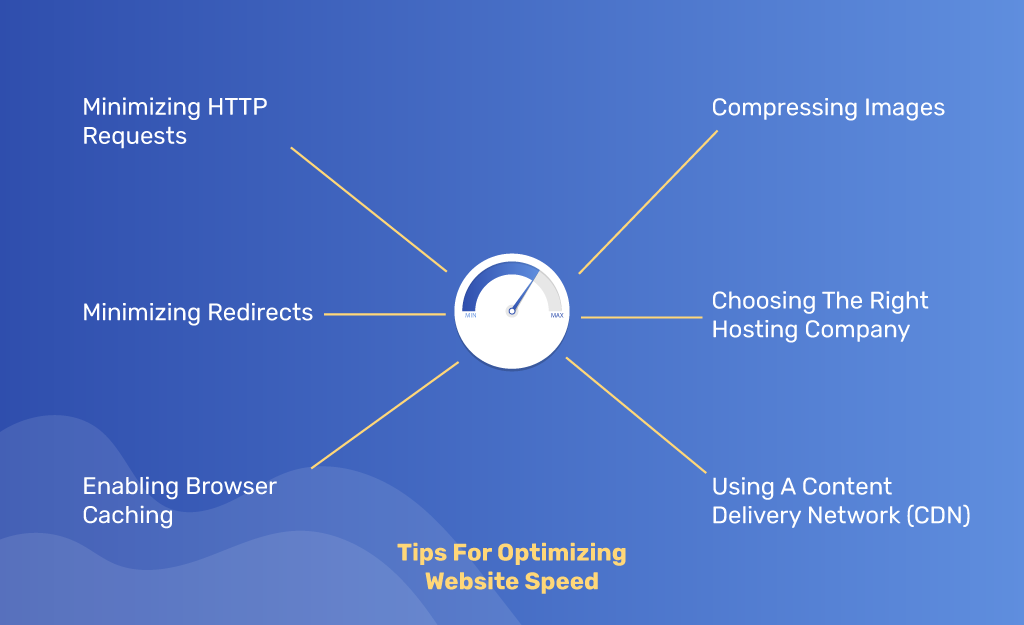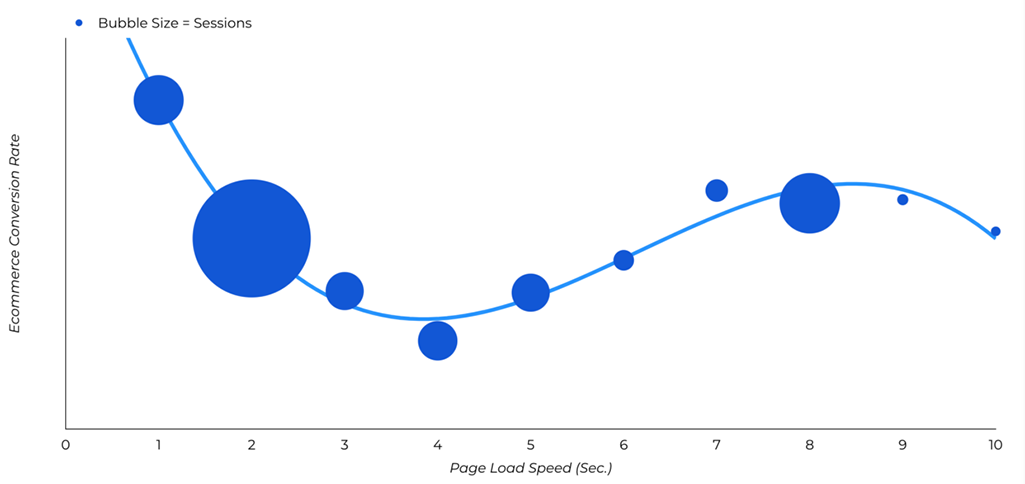
In the world of online sales, every second counts. Did you know that just a one-second delay in page load times can lead to a 7% reduction in conversions? Slow-loading websites not only cause frustration among users but also negatively impact your search engine ranking. So what can you do? In this blog post, we will discuss how faster website speed can help you win big in online sales. We’ll cover everything from the importance of page speed in user experience and search engine ranking to tips for optimizing your website speed. Additionally, we will explore how to measure the impact of website speed on sales and the role conversion rate optimization (CRO) plays in this process. Let’s dive into the world of website speed and see how it can help you boost your online sales!
Importance of page speed in online sales
Fast page speeds are crucial to the success of online sales. When it comes to online shopping, potential customers don’t want to wait around for pages to load – they want a fast and seamless experience. Slow load times can lead to frustration and increased bounce rates, resulting in lost revenue for businesses. Optimizing images, reducing server response time, and minifying code through efficient website design are effective ways to improve page speed. Not only does this enhance user experience, but it can also increase visibility and traffic by improving search engine rankings. Investing in website speed optimization is an essential step toward building customer trust and brand reputation, ultimately leading to increased conversions and sales processes.
Impact on user experience
In today’s fast-paced digital world, customers expect websites to load quickly and efficiently. Slow-loading pages can lead to high bounce rates, low engagement, and lost revenue. This is where page speed comes into play. Page speed is a critical factor that impacts user experience and online sales. A fast website with quick load times can improve user experience, increase engagement, and ultimately lead to increased conversions. It’s important for website owners to regularly monitor and optimize page speed to ensure a smooth user experience. Tools like Google PageSpeed Insights can help identify issues that impact page speed, allowing website owners to take necessary actions to enhance their site’s performance.
Impact on search engine ranking
The significance of page speed on search engine rankings is immense. In the contemporary digital era, search engines give preference to websites that load swiftly and deliver a smooth user experience. Prolonged loading times can result in increased bounce rates, adversely affecting your website’s visibility and limiting potential online sales opportunities. Conversely, quicker page speeds contribute to improved conversion rates and decreased bounce rates, offering considerable benefits in the competitive realm of online sales.
To ensure your website ranks well in search engine results pages (SERPs), it is essential to optimize your website’s page speed regularly. This can be achieved by reducing HTTP requests, compressing images, minimizing redirects, enabling browser caching, and using a content delivery network (CDN). By doing so, you not only enhance the user experience but also boost your search engine rankings and increase the visibility of your website.
Analyzing your website’s speed
In today’s fast-paced digital marketplace, a slow website can hinder your online sales and negatively impact user experience. Optimizing website speed is essential for success in search engine rankings and conversion rate optimization (CRO). The first step towards improving website speed is analyzing the current state of your website using tools like Google PageSpeed Insights or GTmetrix. These tools can help you identify problem areas such as large image sizes, unoptimized code, or slow server response times. Once you’ve identified these areas, optimizing images, minimizing HTTP requests, enabling browser caching, and utilizing a content delivery network (CDN) are some effective ways to improve website speed. By taking the time to analyze your website’s speed and implementing necessary optimizations, you can create a faster website that drastically improves user experience and drives more online sales.

Using Google PageSpeed Insights
Improving website speed is crucial to online sales success, and Google PageSpeed Insights is a valuable tool for achieving this goal. Using the free PageSpeed Insights tool can help identify areas for improvement in your website’s speed, including server response time, image optimization, and code efficiency. The tool provides suggestions for specific actions that can be taken to boost your website speed, such as compressing images and minifying code. By implementing these recommendations and regularly monitoring your website’s speed, you can improve user experience, increase engagement, and ultimately drive higher sales. Don’t overlook the importance of optimizing your website speed and utilizing tools like Google PageSpeed Insights to gain a competitive edge in the online sales market.
Using GTmetrix
GTmetrix is a powerful and free tool that can help you identify areas for improvement in your website’s speed. It provides you with detailed reports on important metrics such as page load time and page size, which can be used to optimize your website for faster loading times. By using the recommendations provided by GTmetrix, such as compressing images and minifying code, you can improve your website’s speed and stay ahead of the competition. Moreover, the tool offers features like waterfall charts, performance scores, and easy-to-understand recommendations that are beneficial for people with different levels of expertise. Regularly monitoring your website’s speed with GTmetrix can help you drive more online sales while providing an optimal experience for your ideal customers.
Tips for optimizing your website speed
Having a website that loads quickly can be the difference between making a sale and losing potential customer loyalty. With so much competition in the online sales market, optimizing your website speed is critical to success. By implementing various tips and techniques, you can ensure that your website loads quickly and efficiently, providing users with a seamless experience. One such tip is to optimize images and videos on your website. Large file sizes can slow down loading times, resulting in frustrated users who may decide to leave your site altogether. Additionally, using a content delivery network (CDN) can help distribute your website’s content across multiple servers, reducing load times and improving overall performance.

Minimizing HTTP requests
Every time a user loads your website, HTTP requests are made, which can significantly slow down the loading speed of your website. To minimize these requests and improve website speed and performance, you must optimize your website by reducing the number of elements on your page. Consolidating files, using image sprites, and minimizing the use of third-party scripts and plugins can all help to reduce HTTP requests.
By employing these techniques, you can provide a faster and more efficient user experience for online shoppers. This not only helps to improve customer satisfaction but also leads to increased conversion rates and sales. Regularly monitoring and optimizing your website’s speed is essential for staying competitive in the digital marketplace.
Choosing the right hosting provider
Selecting the right hosting provider is crucial for ensuring fast website speed, which ultimately leads to a better user experience and higher online sales. While choosing a hosting provider, consider several factors such as server location, uptime guarantee, and bandwidth limits. Factors like server location can have a significant impact on website speed, as access time varies from region to region. It is also important to understand the type of hosting that would best suit your needs – shared hosting may be a cost-effective option but may result in slower website speed during peak traffic periods. Dedicated or VPS hosting can provide faster website speed but may be more expensive. Therefore, it is crucial to assess your business needs and choose the right hosting provider accordingly.
Regular monitoring and optimization of the website speed are equally essential for staying competitive in the digital marketplace. This includes optimizing images and videos, minimizing HTTP requests by reducing the number of elements on your page, and enabling browser caching and compression techniques to store frequently accessed data locally. By minimizing redirects and using a content delivery network (CDN), you can further decrease loading times, making your website lightning-fast. Remember that selecting the right hosting provider is just one part of optimizing website speed; it is essential to regularly monitor and implement appropriate techniques for optimal results.
Enabling browser caching
Enabling browser caching is a simple yet highly effective way to boost your website’s speed and improve user experience. By storing frequently used files on the user’s browser, it can significantly reduce load times for returning visitors, while also reducing the number of HTTP requests made to the server. This technique can be easily implemented through server-side settings or with plugins and extensions.
To ensure optimal results, it’s important to set an appropriate expiration time for cached files, thereby ensuring that users receive updated content. Enabling browser caching not only improves website speed but also reduces server load and bandwidth usage, making it a highly cost-effective solution. With this simple optimization technique in place, you can provide faster page loading times to your users, improving their overall experience and ultimately contributing to higher conversions and online sales.
Compressing images
Images are a vital element of any website, but they can also be the cause of slow loading times. Compressing images is an effective way to reduce file sizes without significantly sacrificing quality. High-quality, engaging visuals are essential for maintaining user interest, but large files can significantly slow down load times and impact user experience. Compressing images can significantly improve website speed and ultimately lead to higher conversion rates and better search engine rankings.
Tools like Adobe Photoshop or online services like TinyPNG make it easy to compress images without compromising too much on quality. In addition to compressing the images, optimizing dimensions and formats for web use can also have a significant impact on website speed. By taking simple steps like compressing images, you can increase website speed and enhance user experience, improve SEO rank, ultimately leading to greater online sales success.
Minimizing redirects
Optimizing website speed is essential for improving user experience and search engine rankings, especially for those providing UX Design services. One key aspect of website speed optimization is minimizing redirects. Redirects can slow down your website by adding extra HTTP requests, leading to longer page load times. This can be frustrating for users and negatively impact your website’s search engine ranking. In fact, Google recommends keeping the number of redirects to a minimum to ensure faster loading times.
To minimize redirects, consider using a redirect map to identify and consolidate unnecessary redirects on your website. This process can also help improve SEO(search engine optimization) by consolidating page authority. By reducing the number of redirects on your website, you can significantly improve its speed, which can lead to higher conversions and better user satisfaction.
Using a content delivery network (CDN)
Optimizing website speed is integral to online sales success, and using a content delivery network (CDN) can help you achieve this goal. Think of a CDN as a team of servers working together to deliver your website content more efficiently. By distributing your website’s resources across multiple locations, CDNs can reduce the distance between your server and the user, resulting in faster load times. Additionally, CDNs provide added security features like DDoS protection and web application firewalls. It is crucial to choose a reputable CDN provider that is compatible with your website platform and has sufficient server locations. Implementing a CDN can improve user experience, increase page views, and ultimately lead to higher online sales.
Measuring the impact of website speed on sales
Slow website speed can have a significant impact on online sales. When a website takes too long to load, it can lead to high bounce rates and decreased conversion rates. On the other hand, a fast website with quick load times can improve user experience, leading to increased time on site and higher engagement. Website speed is also a crucial factor in search engine ranking, which can ultimately impact sales. Regular website maintenance and optimization can help improve website speed, but it’s essential to measure the impact of these efforts accurately. By monitoring metrics like page load time and bounce rate, businesses can identify areas for improvement and ensure that their website is performing optimally. Additionally, implementing strategies like using a content delivery network (CDN) or optimizing images can also help increase website speed and drive online sales.

Conversion rate optimization (CRO)
Optimizing your website speed can significantly impact user experience and sales, making it a crucial factor in conversion rate optimization (CRO). Slow loading times can negatively affect user experience, leading to lost sales. Studies have shown that even a one-second delay in page load time can result in a 7% reduction in conversion rate. By optimizing website speed, you can improve user experience, build customer trust, and ultimately increase sales. Tools such as Google PageSpeed Insights can help identify areas for improvement and optimize your website’s speed. Regular maintenance and optimization, along with the use of CDNs and optimized images, can all contribute to improving website speed and boosting conversions.
A/B testing
Regular A/B testing can be a game-changer for online businesses seeking to optimize their websites for maximum performance. By comparing two versions of a web page, businesses can get a better understanding of what works and what doesn’t, leading to improved website speed and increased sales. Website speed has been found to have a significant impact on user experience and can affect sales. A/B testing can help identify specific changes that need to be made to improve website speed, such as reducing image size or eliminating the use of plugins or scripts that may slow down the site. Overall, regular A/B testing is an essential tool in the arsenal of any business looking to stay competitive and optimize its website for peak performance.
Conclusion
In a world where people expect instant gratification, page speed has become an important factor in online sales. Slow websites lead to frustrated customers and lower conversion rates. A fast website not only provides a better user experience but also helps improve your search engine ranking. Analyzing and optimizing your website’s speed can seem overwhelming, but it is essential. By using tools like Google PageSpeed Insights and GTmetrix, you can identify areas for improvement.
The right hosting provider, browser caching, image compression, and minimizing redirects are just some of the ways to optimize your website speed. As hosting services play a vital role for optimization, partnering with a reliable web hosting provider like VernalWeb can make all the difference. Measuring the impact of website speed on sales can be done through conversion rate optimization (CRO) and A/B testing. Don’t let a slow website hinder your online sales success. Take action now by implementing these tips and measuring the results to see the difference in your sales numbers.